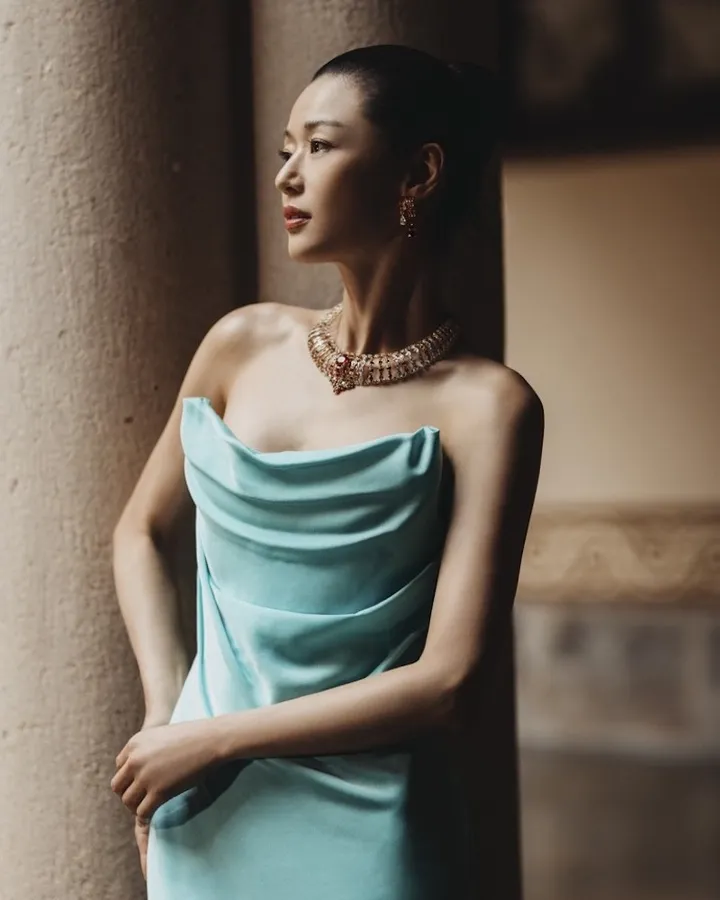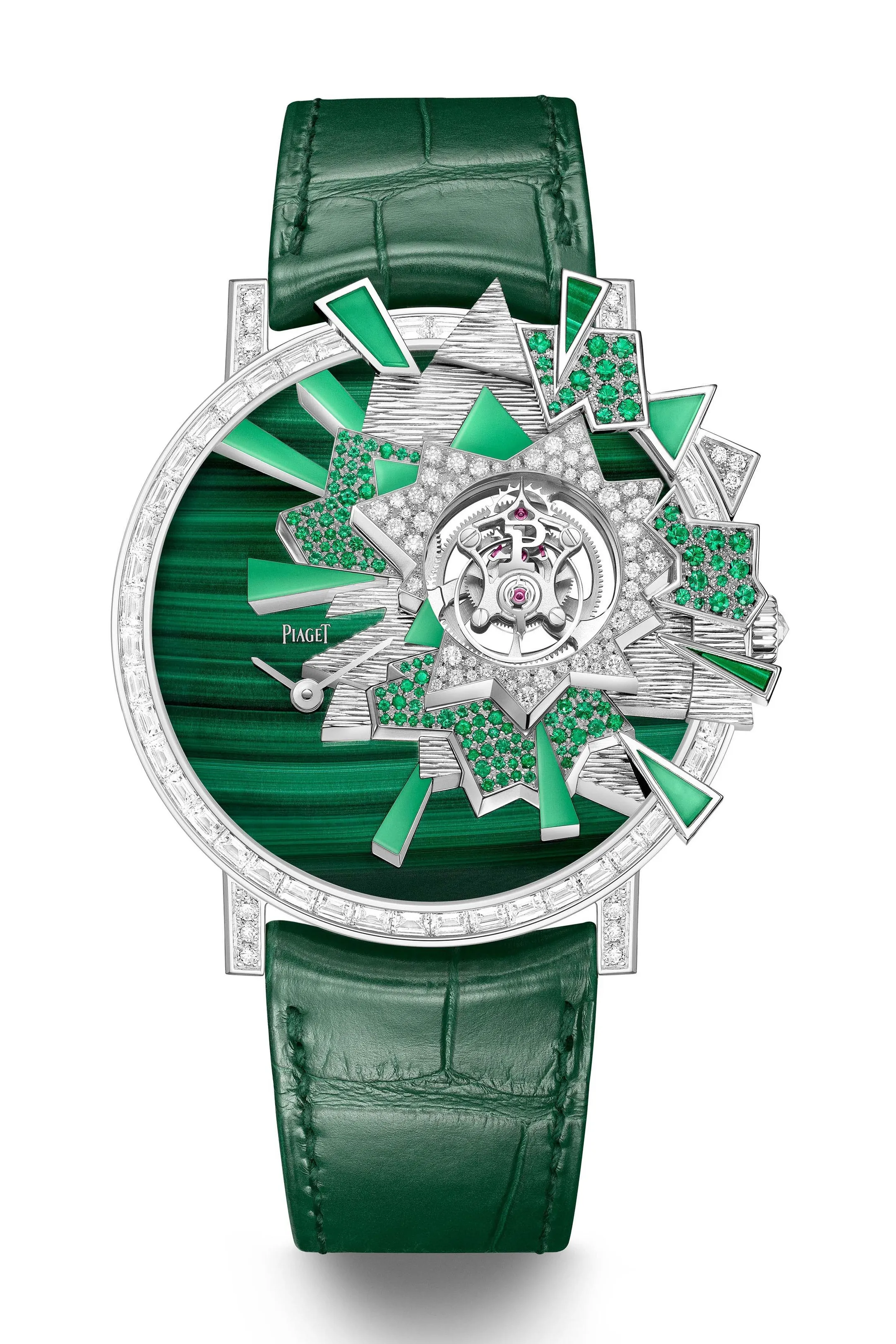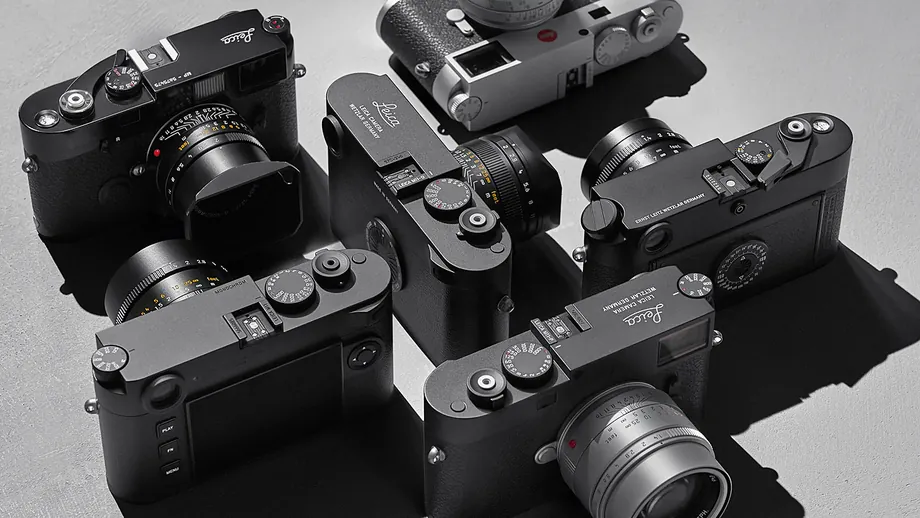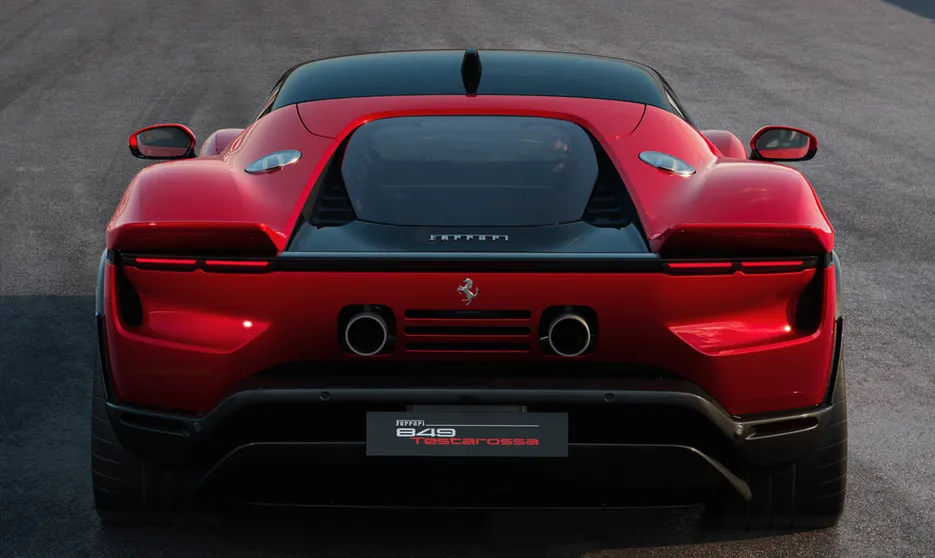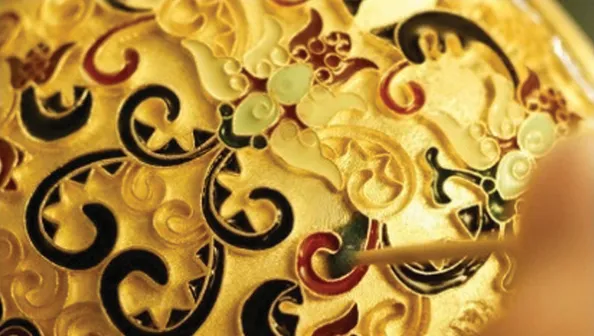A Bold Move in Barcelona
At a time when most luxury brands are slicing their markets by generation, geography, and AI-driven forecasts, Piaget chose to go against the grain.
Last month in Barcelona, the Maison unveiled its latest high jewellery collection, Shapes of Extraleganza. The venue: a brutalist artist’s residence. The mood: retro-futuristic. The message: Luxury is about daring.
The collection is a playful exploration of shapes, colours, and materials, inspired by the 1960s and 1970s. Think sculptural forms, bold designs, vibrant palettes, feather cuffs, “Toi et Moi” rings, and a necklace featuring 1,600 stones arranged in a rainbow gradient. Prices range from CHF 200,000 to CHF 2 million. Many pieces sold out on day one.
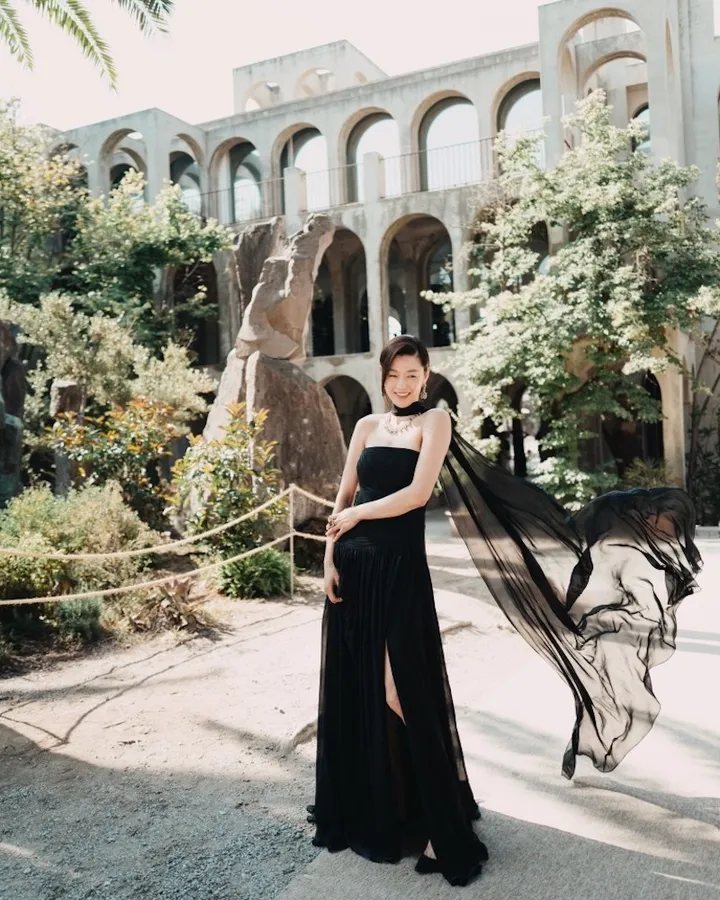
“We Don’t Do Market Studies”
Piaget CEO Benjamin Comar set the tone clearly: “We don’t do market studies. We’re here to create desire.”
No age brackets. No regional segmentation. No consumer testing. Just the confidence that authenticity and artistry still resonate across markets.
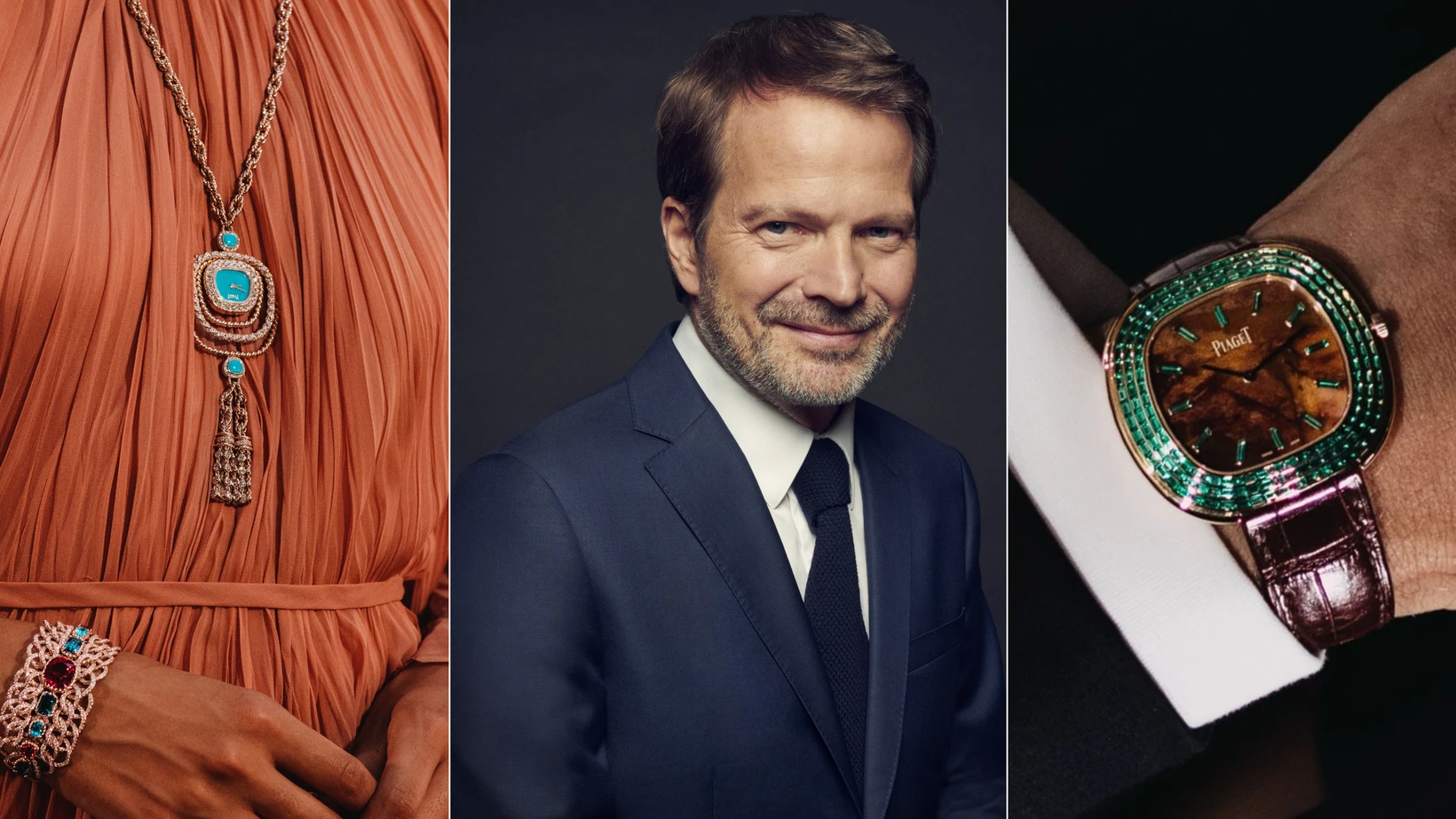
And this matters for Asia:
- Global reach, Asian weight. At the Barcelona launch, Piaget hosted clients from Asia, Africa, and Europe — a subtle reminder of Asia’s growing influence on cultural luxury.
- Emotional connection. Asian buyers, particularly Gen X and Gen Z, are looking for artistic value and emotional resonance rather than safe status pieces.
- Cultural positioning. Comar is re-rooting Piaget in artistry, reviving collaborations with the Warhol Foundation and Art Genève, positioning jewellery as sculpture rather than commodity.
Why Asia Responds to Daring
High jewellery in Asia is outperforming watches, driven by clients who value self-expression over tradition. For them, bold design is not a risk but a reward.
In regions like Hong Kong, Singapore, and mainland China, a new generation of collectors is forming — highly mobile, culturally literate, and unafraid to stand out. For this audience, Piaget’s refusal to dilute its vision is precisely the appeal.
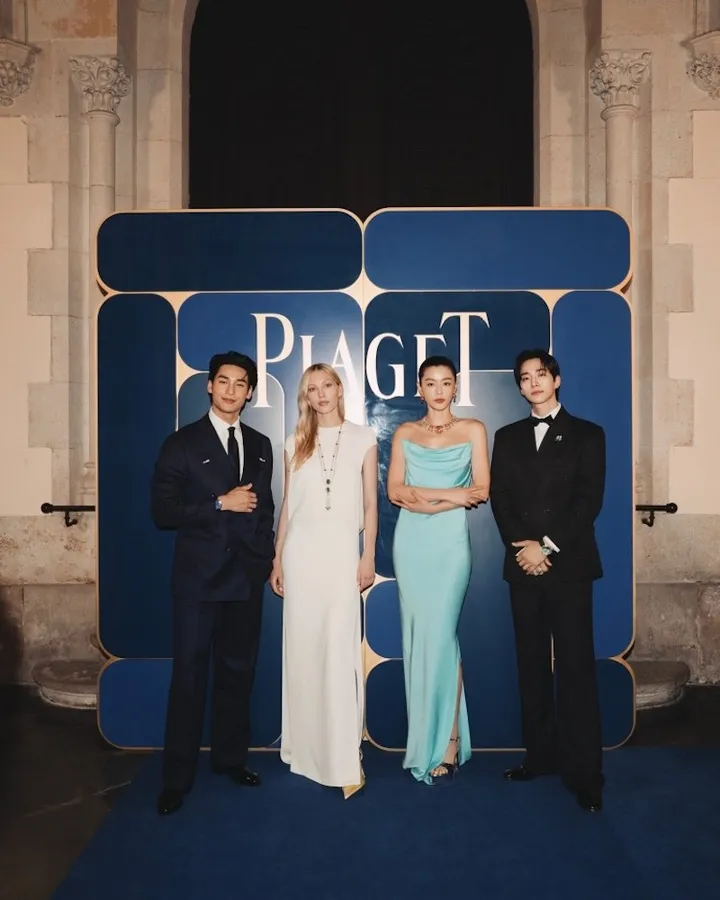
Lessons for Luxury in Asia
Piaget’s Barcelona launch is more than an artistic statement — it’s a strategic case study for luxury brands:
- Lead with culture, not conversion. Desire is created by authenticity and artistry, not algorithms.
- Resonance beats segmentation. Bold creativity can transcend generational or geographic labels.
- Cultural credibility sells. Collaborations with artists and cultural institutions matter to Asia’s collectors.
- High jewellery is rising. In Asia, demand for expressive jewellery is outpacing traditional watch collecting.
- Desire is emotional. UHNWIs want stories, signatures, and details that express who they are.
Final Thought
Piaget proves that luxury is still about daring — about creating desire through artistry rather than prediction. In Asia, where cultural fluency and emotional connection define purchase decisions, that approach is not just creative. It is commercially astute.
The question for other maisons is simple: what would happen if you trusted your roots — and led with culture, not conversion tactics?
